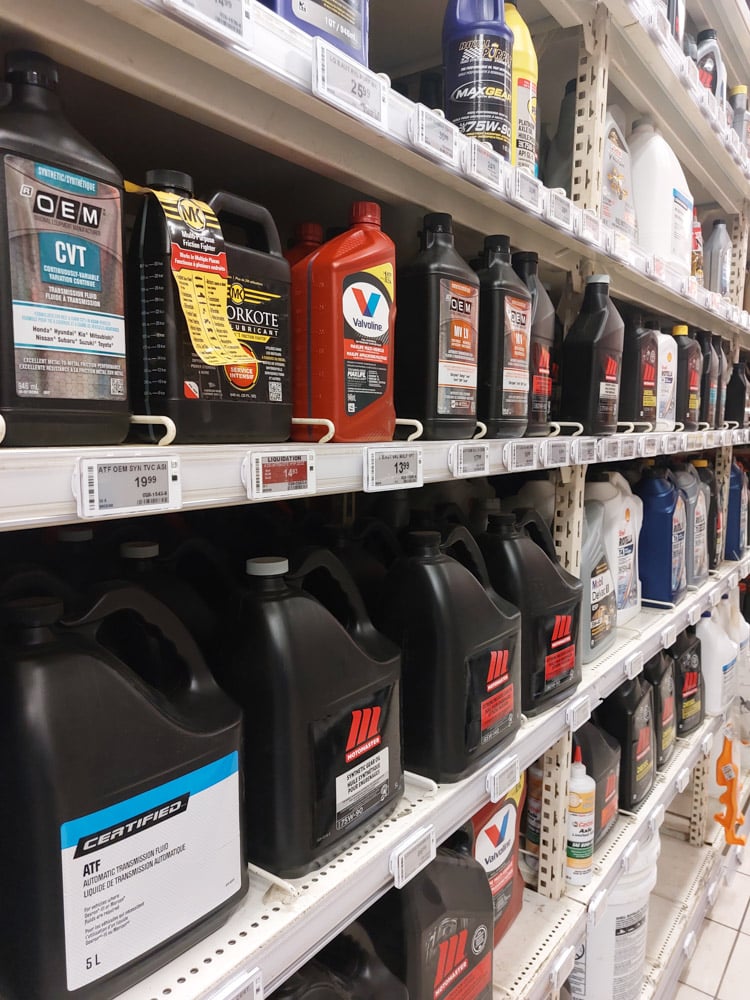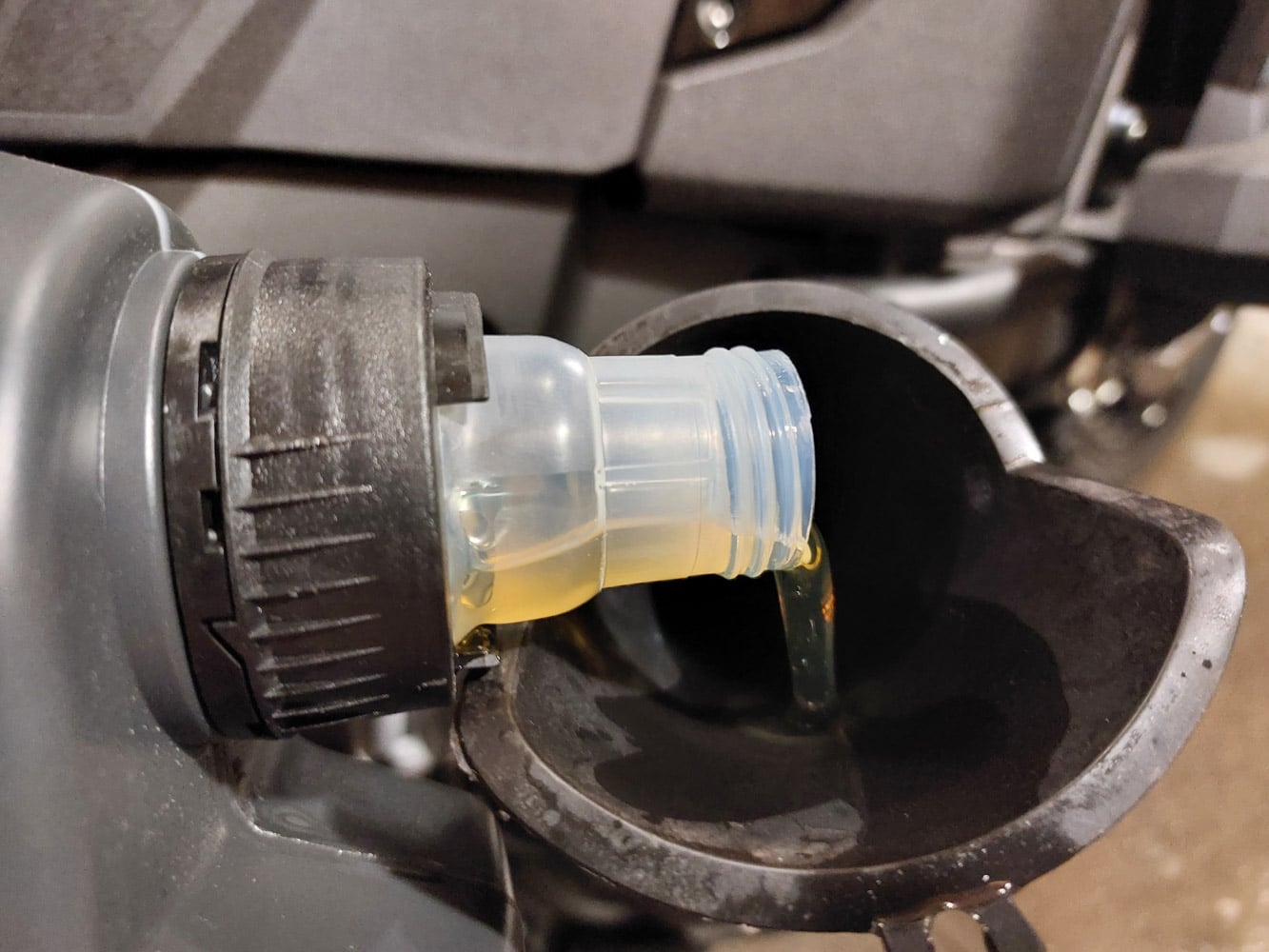This is a scary question. What oil should you put in the differentials of your ATV? Indeed, we want the best for our precious vehicle. However, the choice is endless. When it comes to differentials, the transmission naturally comes up in the discussion. Let’s explore the subject to demystify the characteristics of differential and transmission oils.
Prerequisite information to know
To begin, you must have a minimum of information on the mechanical characteristics of your quad.
ATVs equipped with a gear transmission
Quads equipped with a semi-automatic transmission do not have oil specifically for the transmission. The oil in the engine also lubricates the transmission. This is why it must be certified for wet clutches, i.e. JASO-MA* certified.
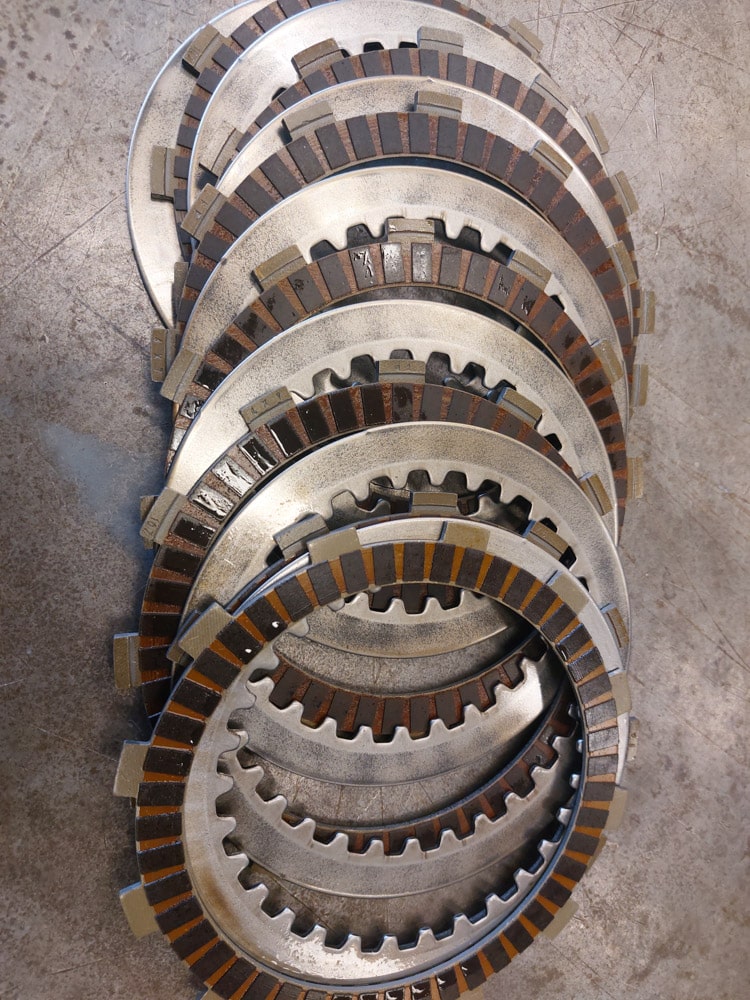
ATV with Continuously Variable Transmission (CVT)
ATVs equipped with a CVT have a different drive train. The front and rear differentials will be similar. However, a second transmission with gears and chain is inserted between the CVT and the differentials. This transmission contains the “Hi” and “Low” ratios as well as the reverse gear.
In both transmission configurations, the differentials should use gear oils recommended by the manufacturer.
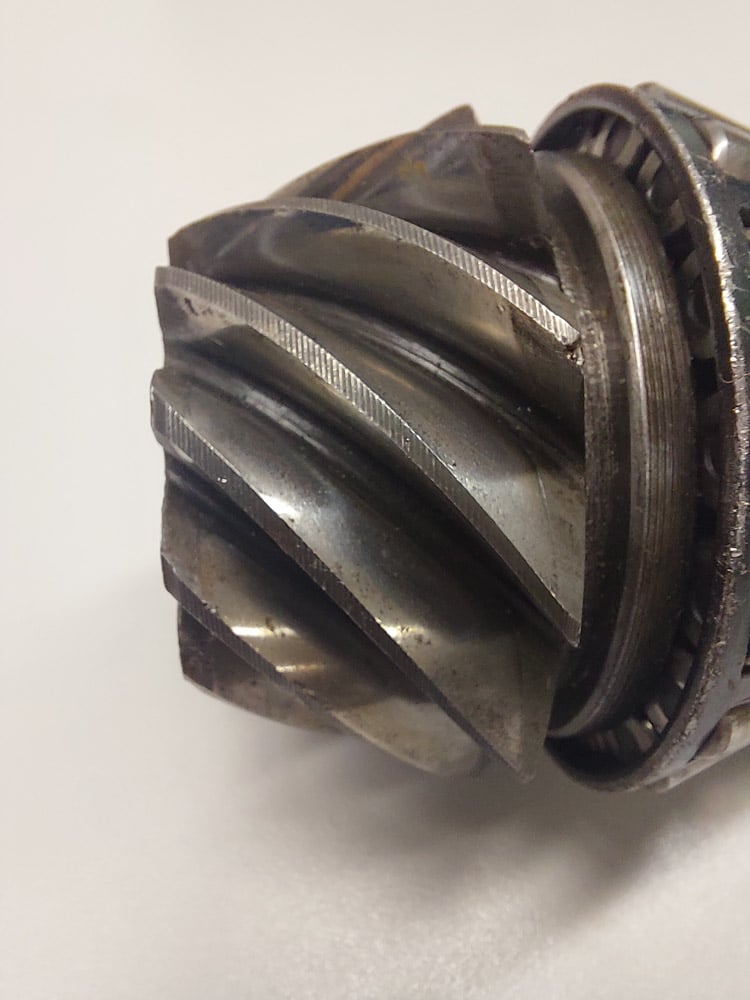
Lubrication and gear oils
Transmissions and differentials are splash-lubricated, which means that as the parts rotate, the oil is sprayed onto the other internal parts of the transmission. Except in exceptional cases, no oil pump is used. Therefore, only a part of the parts are immersed in oil.
There are organizations that are in charge of controlling these oils by criteria. The American Petroleum Institute (API) establishes the classification beginning with “GL”. The second is the Society of Automotive Engineers (SAE).
The API classification
GL” (Gear Lubrication) gear oil is specifically designed for transmission and differential applications. The “GL” rating represents the oil’s ability to perform under extreme loads. The higher the rating, the greater the ability of the oil to withstand high loads without degradation.
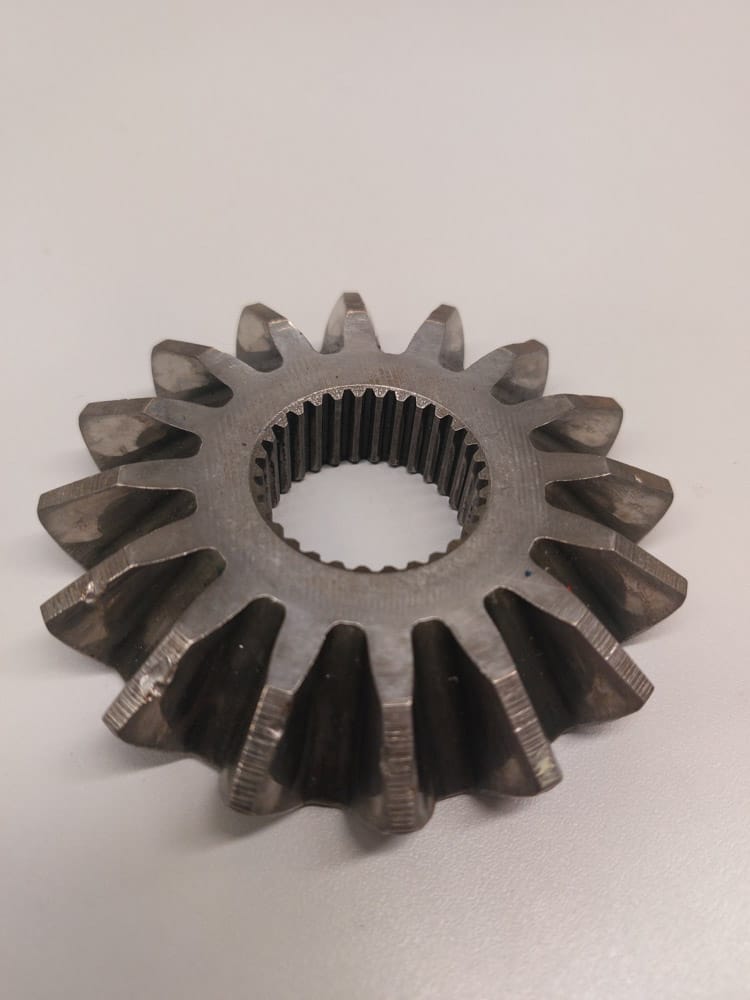
GL” gear oil also uses special additives for protection against wear, corrosion and oxidation. It should be chosen according to the requirements of your ATV manufacturer. Unfortunately, some manufacturers are not very forthcoming with this information and simply direct us to the container with the manufacturer’s label without any classification notation.
How do I find my way around?
There are several “GL” classifications ranging from GL-1 to GL-6. GL-1 gear oils are mainly used for manual transmissions and lightly loaded gearboxes. It should be said that this classification is no longer used. Oils with the GL-4 and GL-5 annotation are currently the most widely used.
Differences between GL-4 and GL-5 oils
The main difference between GL-4 and GL-5 oils is the extreme pressure (EP) and anti-wear (AW) additives added to the oil. These additives react with metals and protect them from pressure and shear. The main difference between GL-4 and GL-5 gear oils is the amount of EP additives, which increases from one to almost twice as much.
These additives, especially “EP,” are a headache. There are two main processes that manufacturers will use to achieve the desired result. The use of chlorinated EP or the most popular for reasons of less toxicity, EP additives based on sulfur and phosphorus.
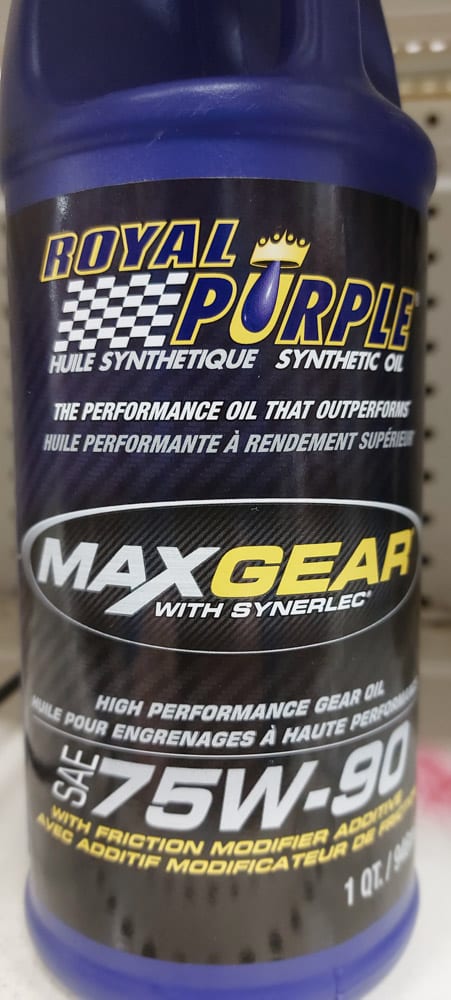
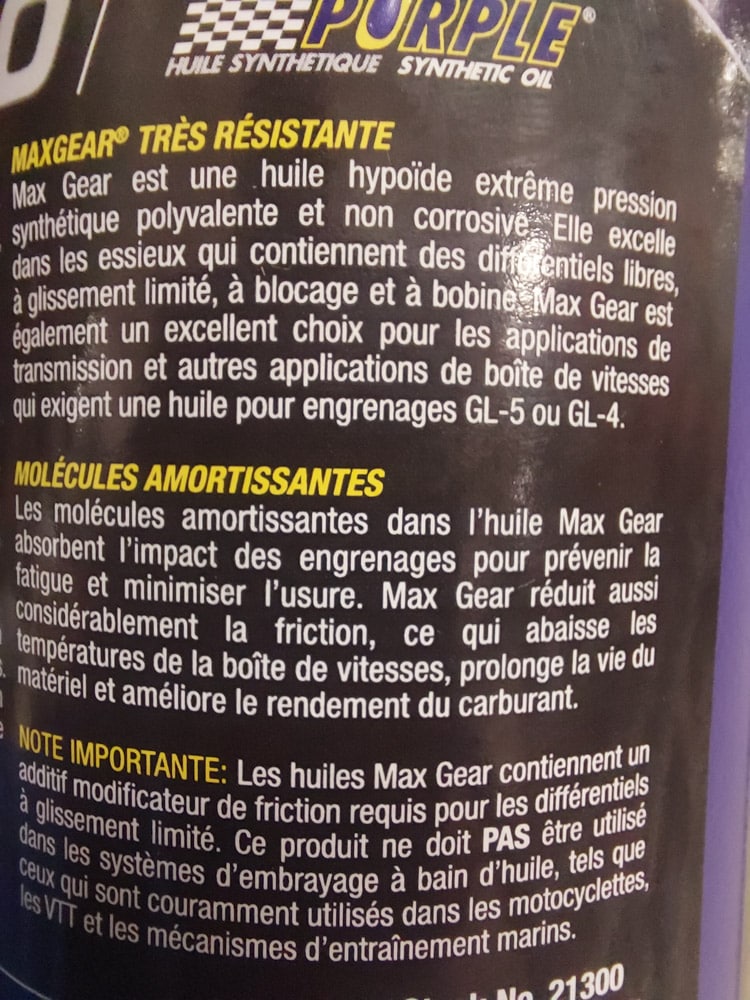
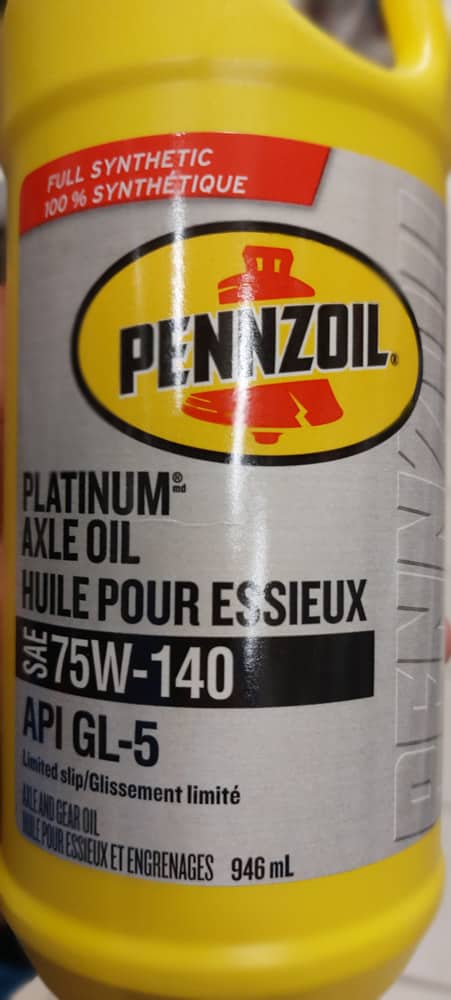
Sulfur and phosphorus based additives have a downside, however: they can cause corrosion on bronze fabricated parts when the oil temperature rises. This can be disastrous for transmission timing rings. Therefore, a GL-5 oil will be ideal for a hypoid gear application such as a differential if it is not equipped with a bronze ring. If the gear oil is to be used for a transmission with bronze synchronizer rings, then GL-4 will be better suited unless the manufacturer mentions using GL-5. So, even if GL-5 seems to us to be a better protection against wear, depending on the situation, it may not be the case.
Small clarification
An oil classified as GL-5 can replace a GL-4 and it is often written on the containers. But there is a “but”: this is only true for certain differentials and not for synchronized transmissions. Back to our quads: most quad transmissions and differentials do not contain a synchronizer or bronze ring. So, if this is your case, the use of a GL-5 oil may be an option.
SAE Classification
The SAE classification is based on the viscosity index of lubricants, i.e. their resistance to flow. This unit of measurement is the centistoke (cSt). We are all familiar with the SAE classification of motor oil. You can recognize it by the inscription in this example: “10W30”. The viscosity similar to 10W30 motor oil in gear oil will be 75W85. There are gear oils with broad multigrade spectrums, such as 75W140. It would be easy to believe that it is ideal. However, it is not ideal for all types of use. It is simply better to use the viscosity recommended by the manufacturer.
Front Differential
The front differential of ATVs often has a “visco-block”, “on-demand” or other locking mechanism. These differentials need additives that are beneficial to the proper operation of the 4X4. I strongly recommend using the manufacturer’s oil or one certified for this application, like Amsoil and Lucas do.
Rear Differential
The owner’s manual usually contains information about viscosity and the required GL rating. In the situation of my personal quad, the manufacturer requires an oil with a viscosity of 80W90 and an API classification, GL-5. It is not surprising that GL-5 is used, since it is a hypoid gear under high pressure at the end of the drive train. This oil is easily found in big box stores.
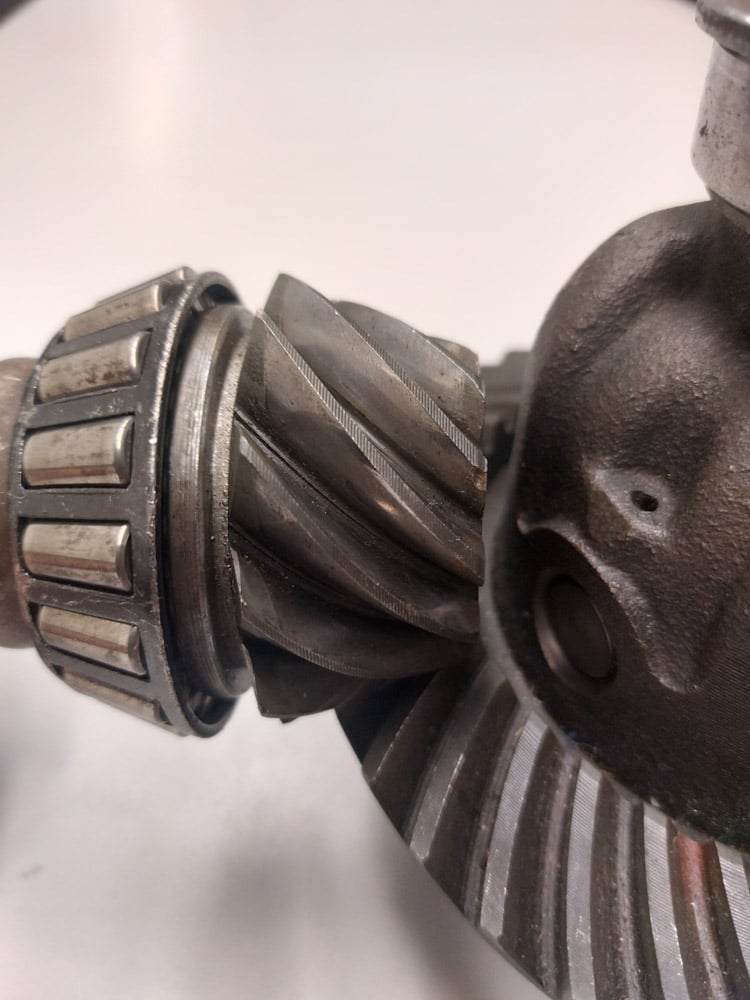
The transmission
If your transmission does not have a bronze synchronizer ring, it is possible to use an API GL-5 oil. However, since most quads are a chain and gear assembly, it is possible that the GL-4 classification will do the job. Again, check what your ATV manufacturer requires.
All things considered
Choosing an oil for your ATV’s differential or transmission is not easy and especially not without risk for your mechanics. The viscosity will generally be between 75W90 or 80W90. It’s for the GL-4 or GL-5 that things get complicated. When in doubt, use the oil that your dealer offers. If you know the design of your bike, you have the luxury of choosing what is best for it. Happy oil shopping!
